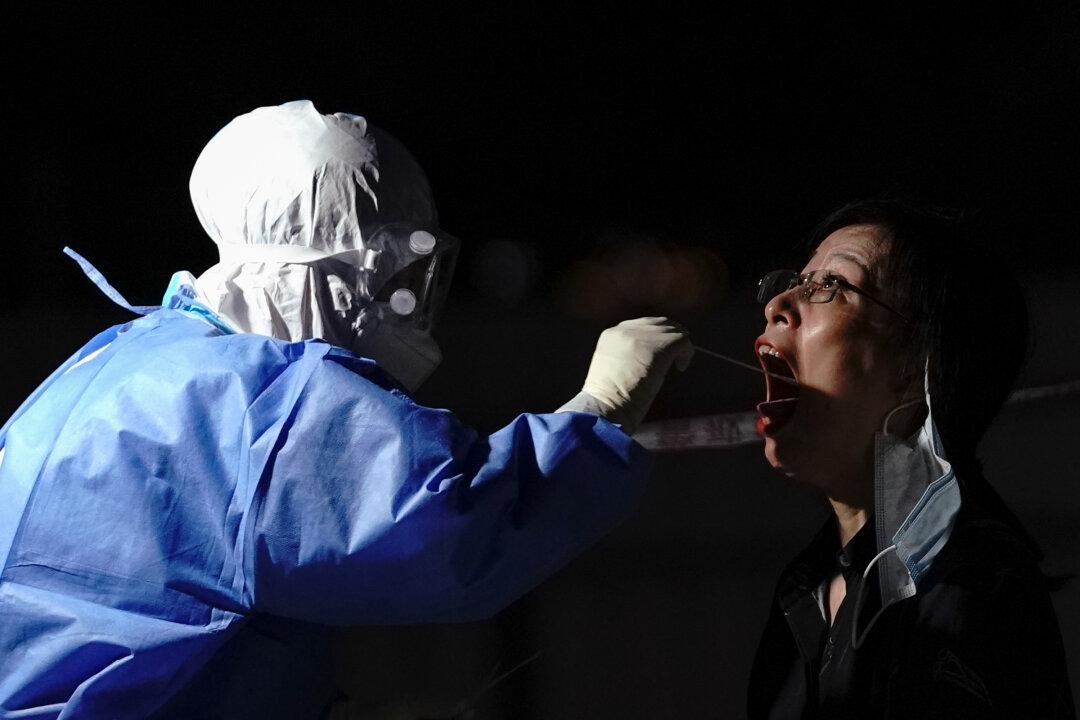The Chinese regime has backtracked from its initial theory that the recent CCP virus resurgence in Beijing was caused by contaminated imported salmon.
Wu Zunyou, a chief epidemic disease specialist at China’s Centers for Disease Control and Prevention (CDC), told state-run newspaper Beijing News on July 6 that his team researched this second-wave outbreak in Beijing and concluded that the virus entered the local Xinfadi market in the middle of May. The Xinfadi market, a sprawling complex of warehouses and trading halls spanning an area the size of nearly 160 soccer pitches.





